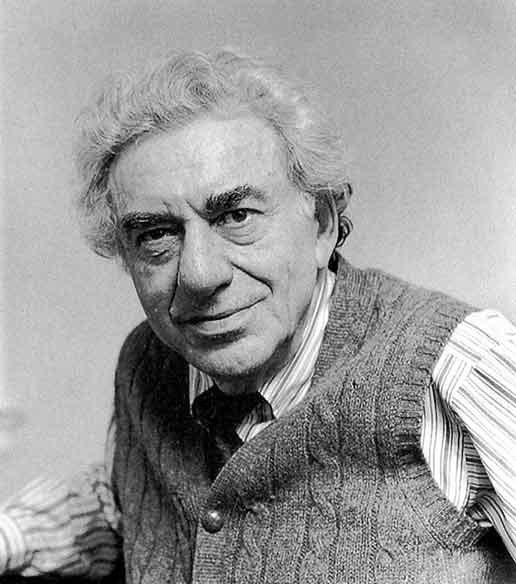| Profile | Major Works | Resources |
Hyman P. Minsky, 1919-1996.

American Post Keynesian economist at Washington University, St. Louis..
Originating from Chicago, Hyman Minsky initially studied mathematics at the University of Chicago, but switched ton economics and eventually received his Ph.D. from Harvard in 1954, under Alvin H. Hansen. Minsky taught at Carnegie-Mellon, Brown and Berekely, before taking up a position at Washington University in 1965.
Hyman Minsky is most famous for his financial instability hypothesis. His theory is articulated in his 1975 John Maynard Keynes, and with more detail in his 1986 Stabilizing an Unstable economy.
Minsky began his JMK book as a general critique of the Neo-Keynesian synthesis view of the work of John Maynard Keynes from a Post Keynesian perspective, accusing conventional economists of assuming stability of long-run full employment, ignoring uncertainty ("Hamlet without the prince"), missing the (Kaleckian) connection between investment and profits, and essentially overlooking the role and vital importance that the financial system plays in a modern economy and its potentially destabilizing features, which (Minsky argues) was the core of Keynes's concerns.
Minsky articulated a business cycle
theory driven by financially-fueled investment. Minsky's emphasis
was in noting how the character of the financing changes over the course
of the cycle. Minsky proposes that in the upswing, investment is
financed by a mixture of retained profits and borrowed funds. But as the
boom continues, firms are encouraged to borrow more and expand more,
thus the financial composition changes increasingly towards debt, and
ever more profits are designated to service it. Firms (and
households) moved to ever more risky financing strategies, and with
increasing debt burdens, firms became "financially fragile", where
lower-than-expected earnings or a slight change in interest rates can
have massive repercussions on a heavily indebted firm. A firm
squezed in this manner will not necessarily fail immediately, but be
pushed into Ponzi financing, acquiring debt to pay off debt, postponing
the reckoning while increasing its fragility. The failure
subsequently cascades to its lenders, and the credit crunch in the
financial system and the economic system decline in the mortal embrace
of a Fisherian debt-deflation crisis.
Minsky believe financial instability is a characteristic feature of the
post-war economy, and that the very institutional and policy measures
introduced by governments to to stabilize economies themselves sometimes
contribute to the problem. Reliance on their availability induces risky
behavior and encourages unsustainable booms to go on for longer, and
accumulate even greater debt burdens, so that the unraveling becomes
even more devastating than otherwise. Nonetheless, Minsky saw
vital roles active government fiscal policy and monetary policy (more
the Fed's lender of last resort function than its interest rate policy)
to keep downturns contained so that they do not turn into depressions,
although remaining skeptical on just how effective they might be if
considered too late.
|
Major Works of Hyman P. Minsky
|
|
HET
|
|
Resources on Hyman P. Minsky
|
All rights reserved, Gonçalo L. Fonseca
